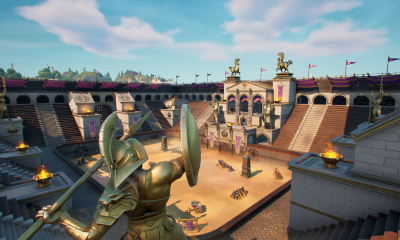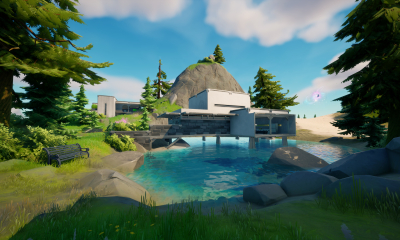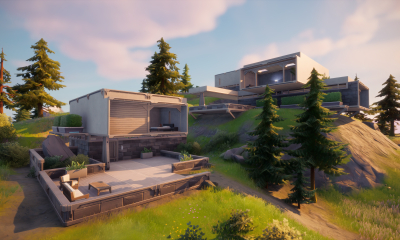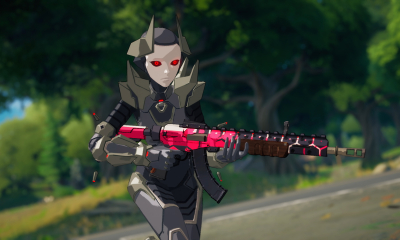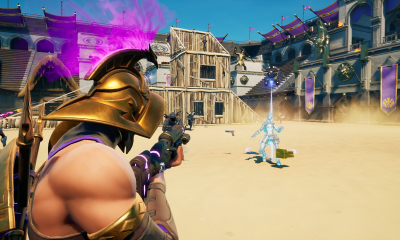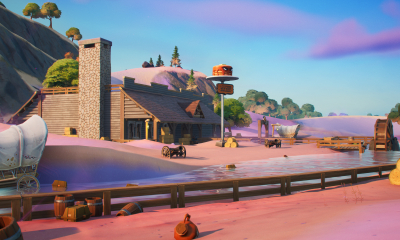Fortnite, a popular game, merges third-person shooting with intuitive base-building, providing an immersive experience in beautifully generated landscapes. However, the journey to the core of this game entails navigating through layers of complexity that may overwhelm the casual player. Let's delve into the intricacies of Fortnite.
Gameplay – A Dance of Strategy and Survival
The gameplay in Fortnite is a blend of open-ended exploration, resource gathering, and base defense. Players are dropped into vibrant, procedurally generated terrains – city blocks, neighborhoods, and forested areas replete with mines and hills. The mission: Protect an objective by constructing a base and warding off waves of zombie husks. But before the building can commence, players must gather resources by smashing just about anything – cars, trees, houses, and more. This aspect of gameplay introduces a challenge as resources are persistent, making it essential to keep your supply topped off.
Graphics - A Colorful Apocalypse
The game shines with its colorful and expressive environments. Each map, whether a city block or a dense forest, is designed with an eye for detail and variety. The character designs, from your playable hero to the different types of husks, are unique and unmistakably Fortnite. However, the game could benefit from further diversifying its environmental elements to keep players consistently engaged.
Features – Building, Traps, and More
Fortnite provides players with an array of building tools and traps that allow for elaborate defense strategies. The building system is intuitive and user-friendly, enabling players to rapidly construct or modify structures. Depending on their approach, players can create impenetrable fortresses, elaborate mazes, or even towering monuments. However, the game's progression system often limits the full potential of this feature, making the building feel less rewarding at times.
Complexity – A Maze of Progression
One of Fortnite's main drawbacks is its convoluted progression system. Players must navigate through eight skill trees, three types of XP, and a plethora of loot drops. The reward system seems to cater more towards the eventual free-to-play economy than encouraging unique gameplay. The abundance of rewards, often without clear descriptions or purposes, can make progression feel overwhelming and less rewarding.
Cooperative Play – A Double-Edged Sword
Fortnite shines when players work together, strategizing and building to fend off the husk invasion. The opportunity to play distinct roles that contribute meaningfully to a team's success is a highlight. However, the game's reward systems and side missions often discourage cooperation, which can diminish the cooperative gameplay experience.
Fortnite offers an engaging blend of base defense and third-person shooter gameplay in beautifully designed landscapes. However, the complex progression system and lack of cooperative incentives may deter some players. With some adjustments, Fortnite has the potential to be an unparalleled gaming experience.














